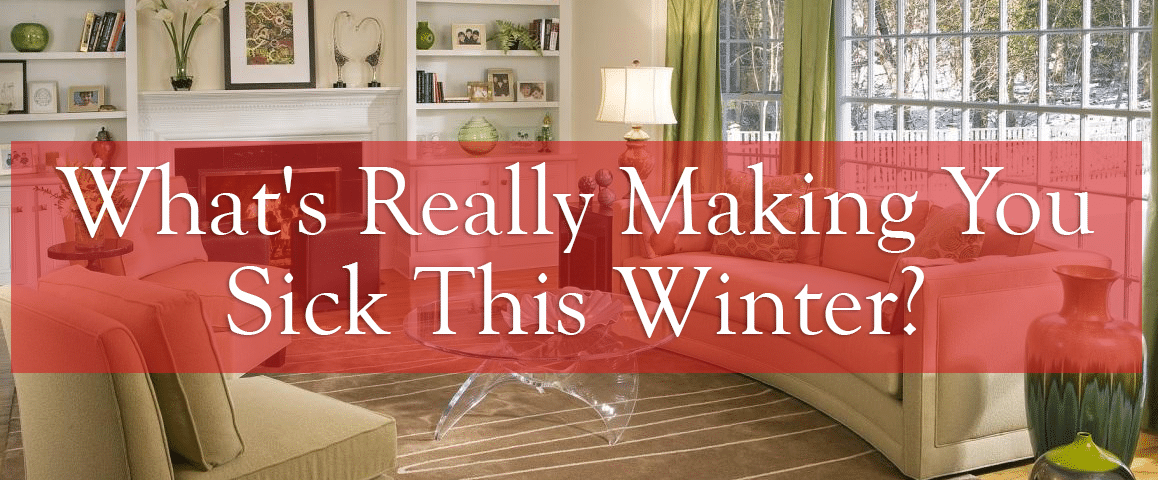Take a deep breath, feel the air go in through your nose and down into your lungs, feel the stretch a good deep breath provides in your chest. Everyone loves to take a deep breath of fresh air. In the winter months, that fresh air is most likely from inside our homes. Often, we forget to consider all of the things we do inside our home and their effect on our air. Did you know that people don’t get sick from the cold? They get sick from the bacteria that grows in homes or workplaces.
Let’s consider pollutants that may be in our homes or workplaces such as Radon, secondhand smoke, combustion pollutants, volatile organic compounds and asthma triggers.
Radon – a radioactive gas formed in soil that can enter your home through cracks and openings from any part of the home which has direct contact with the ground. Radon is the LEADING cause of lung cancer among nonsmokers. There are do-it-yourself tests to detect Radon available at most home improvement stores.
Secondhand Smoke – which is the smoke emitted into the air from a tobacco product that is then inhaled by someone. Secondhand smoke causes cancer and serious respiratory illnesses. Those with vulnerable immune systems are more likely to experience asthma or have the conditions of it worsen, get ear infections, and it has been linked to Sudden Infant Death Syndrome (SIDS). The best prevention is to smoke outside of homes and out of cars.
Combustion Pollutants – gases or particles that come from burning materials such as space heaters, wood stoves, gas stoves, water heaters, dryers, or fireplaces. These appliances emit colorless, odorless gases such as Carbon Monoxide or Nitrogen Dioxide. Carbon Monoxide has been known to cause headaches, dizziness, weakness, nausea or even death. Nitrogen Dioxide can cause ear, nose, and throat irritation, shortness of breath, and increased risk of respiratory illness. Ventilate rooms and make sure appliances such as stove hoods and bathroom fans ventilate outside not into the attic to ensure there are none of the effects from these combustion pollutants.
Volatile Organic Compounds – Paints, lacquers, paint strippers, cleaning supplies, waxes, varnishes, pesticides, building materials and furnishings, moth repellents, dry-cleaned clothing, air fresheners are all examples of volatile organic compounds. These compounds irritate the eyes, nose, and throat, are the source of headaches, can damage kidneys, liver and central nervous systems and can cause cancer. It is best to store these away from children, ventilate well when using and don’t mix products.
Asthma Triggers – Mold, dust mites, secondhand smoke, pet dander are all triggers for asthma. Coughing, tightness in chest, wheezing, and other breathing problems are all a result of symptoms getting worse and causing an asthma attack. To avoid any chance of an asthma attack, make sure any smoking is done outside of home, dust, wash bedding, and throw blankets regularly. Use hypoallergenic cleaners, filters, and dusters. Keep pets away from furniture.
The best way to eliminate these pollutants is to ventilate homes and work spaces. Open windows as much as possible. Change air filters regularly. Adjust humidity, during winter months especially when the air is dry, it is important to add a humidifier to your home to keep your air healthy. The professional air conditioners at Rainbow Lakes Heating and Air Conditioning can help you ensure that your home is pollutant free by completing an inspection as part of your annual service.





